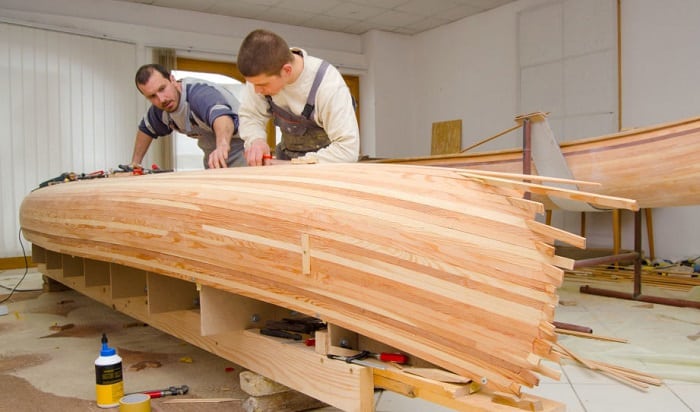
Beyond the Planks: Unconventional Perspectives on Traditional Boatbuilding
Making a wooden boat using traditional techniques is a deeply rewarding, yet often daunting, endeavor. While countless resources detail the *how*, fewer explore the *why* and the less-obvious facets of this craft. This article aims to delve into those unexplored depths, offering fresh perspectives for both seasoned shipwrights and enthusiastic newcomers.
The Unsung Hero: Material Selection Beyond the Species
We often hear about the virtues of oak, cedar, and teak. But what about the nuanced properties of less-common species, and how does their availability impact our choices in a world facing deforestation concerns?
Q: Can sustainable sourcing redefine traditional boatbuilding material choices?
A: Absolutely. The traditional focus on specific hardwoods is increasingly challenged by sustainability concerns. Research by the International Union for Conservation of Nature (IUCN) highlights the impact of logging on biodiversity. This necessitates exploring fast-growing, locally sourced alternatives. Imagine a boat built using responsibly harvested bamboo, or a composite incorporating recycled plastics with sustainably sourced wood fillers. The challenge lies in researching the long-term durability and workability of these materials, requiring rigorous testing and documentation. This opens a fascinating path for innovation and potentially creates a new generation of "green" traditional boatbuilding techniques.
Beyond the Blueprint: Embracing Imperfection and the Unexpected
Traditional boatbuilding thrives on precision, yet the inherent character of wood means surprises are inevitable. How do we shift our perspective to embrace these unpredictable elements, transforming them from obstacles into opportunities?
Q: How can we integrate the "happy accidents" of woodworking into the design process?
A: The story of the *Mayflower*, though not purely traditional in build, highlights this point. The ship faced numerous construction challenges, and unplanned repairs and modifications ultimately influenced its success. Instead of fighting imperfections, let's consider them opportunities for unique design features. A knot that initially seems like a flaw can be incorporated into a decorative element, a crack can be filled with contrasting wood, creating a visually striking design. Documentation of these "happy accidents" can even lead to future design innovations. The key is to adapt and embrace the unpredictable nature of the material.
The Digital Shipwright: Technology's Role in Traditional Craftsmanship
The digital revolution offers tools that can enhance, not replace, traditional techniques. How can we strategically incorporate technology to achieve greater precision, sustainability, and accessibility?
Q: Can 3D modeling and digital fabrication tools be used to enhance, not supplant, traditional techniques?
A: Absolutely. 3D modeling allows for detailed planning and virtual prototyping, minimizing waste and improving the accuracy of cuts. CNC routers can assist with intricate joinery, especially when working with challenging materials. However, the human element remains crucial. The digital tools serve as assistants, empowering the shipwright, not replacing their skill and intuition. Imagine using a laser scanner to capture the unique grain of a reclaimed timber, then utilizing this data to inform the design, ensuring minimal material waste and maximizing the beauty of the wood.
In conclusion, the future of traditional boatbuilding lies not in rigid adherence to past practices but in embracing innovation while respecting heritage. By asking new questions, embracing the unexpected, and strategically incorporating technology, we can create beautiful, sustainable, and historically significant vessels while fostering a deeper understanding of this timeless craft.

0 comments:
Post a Comment